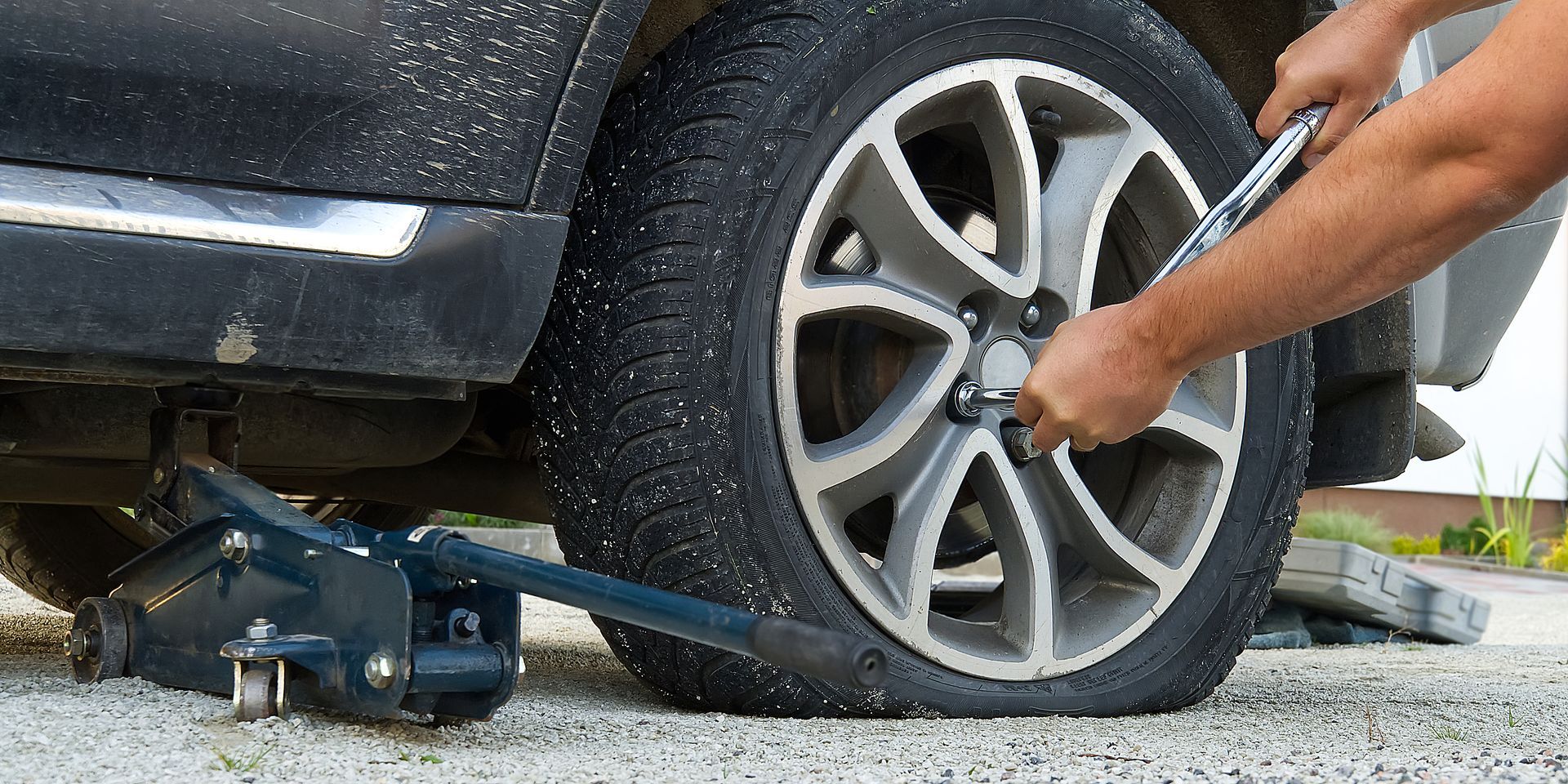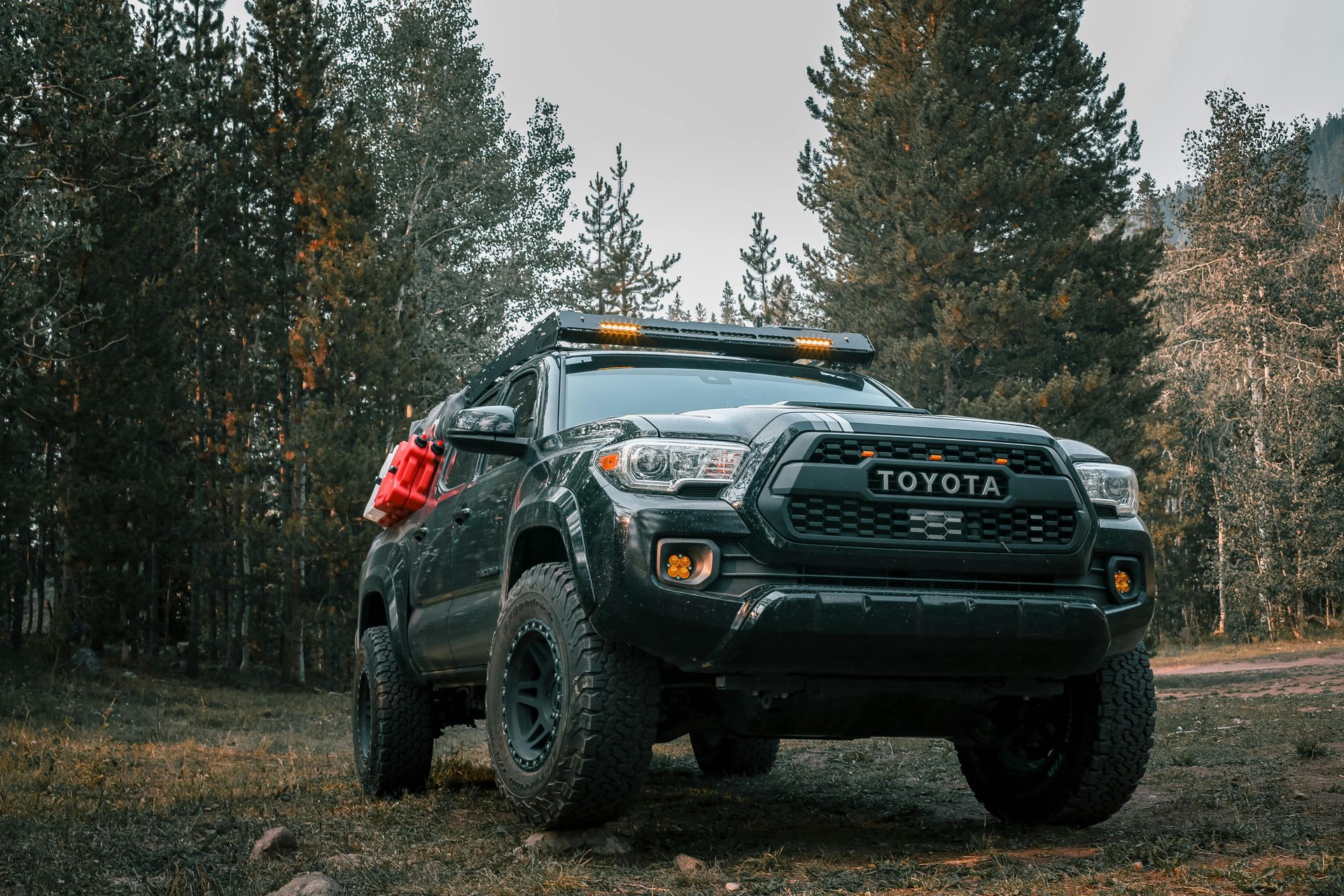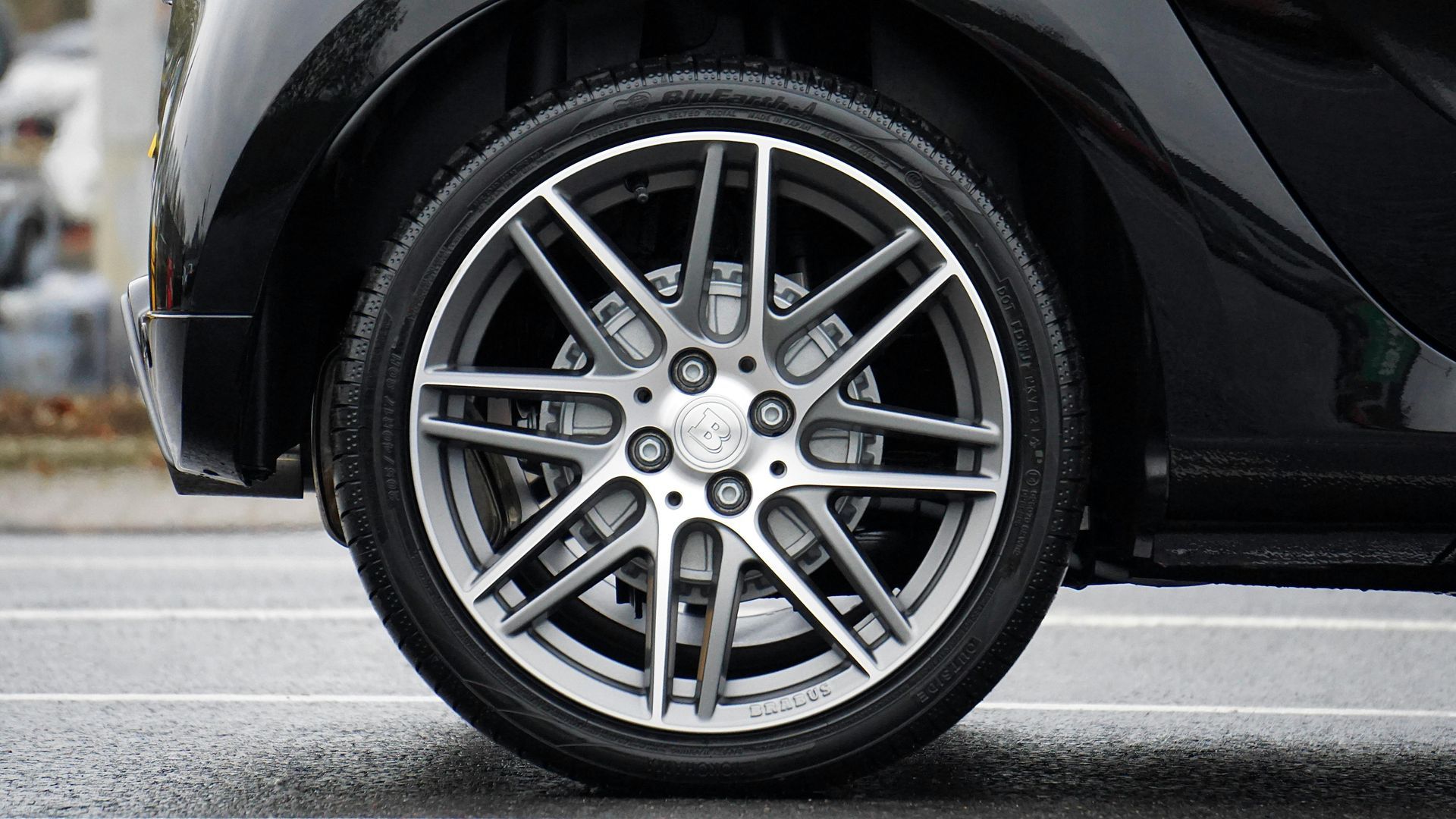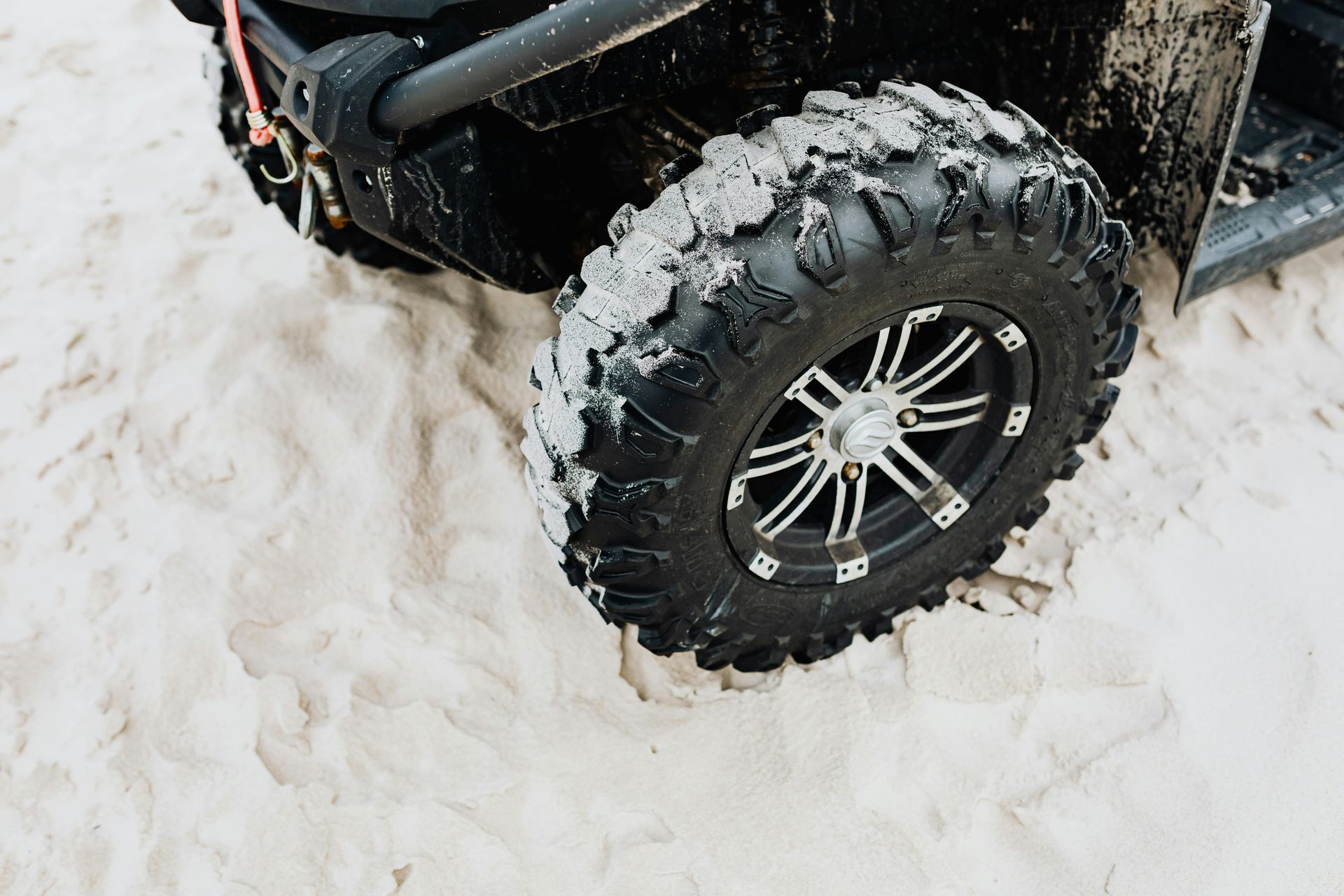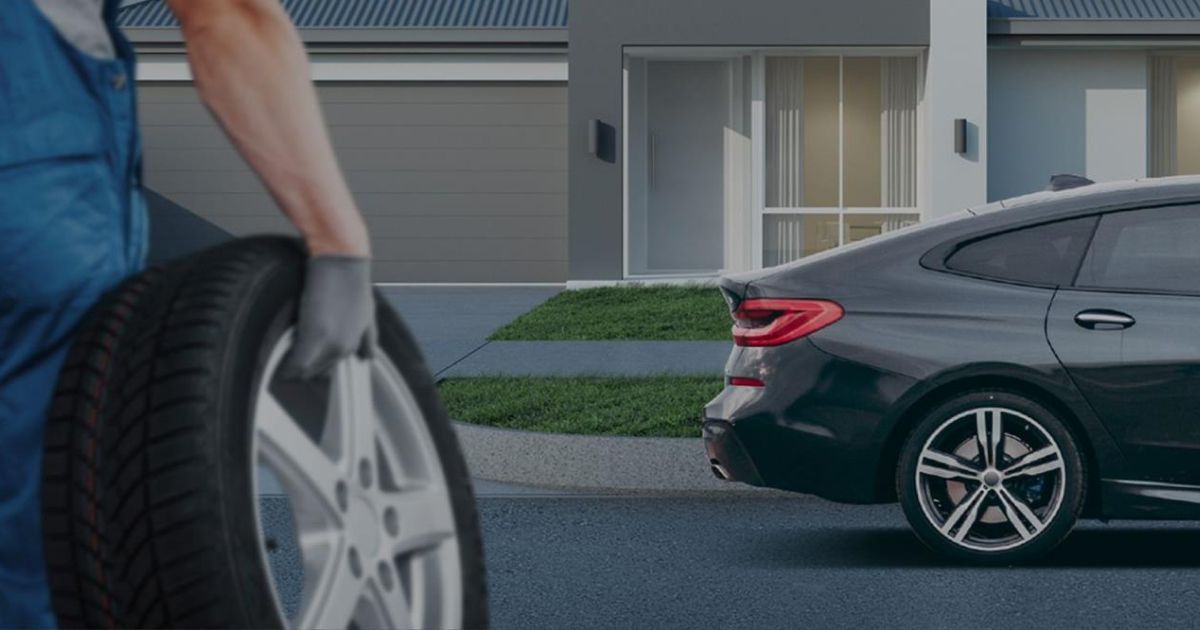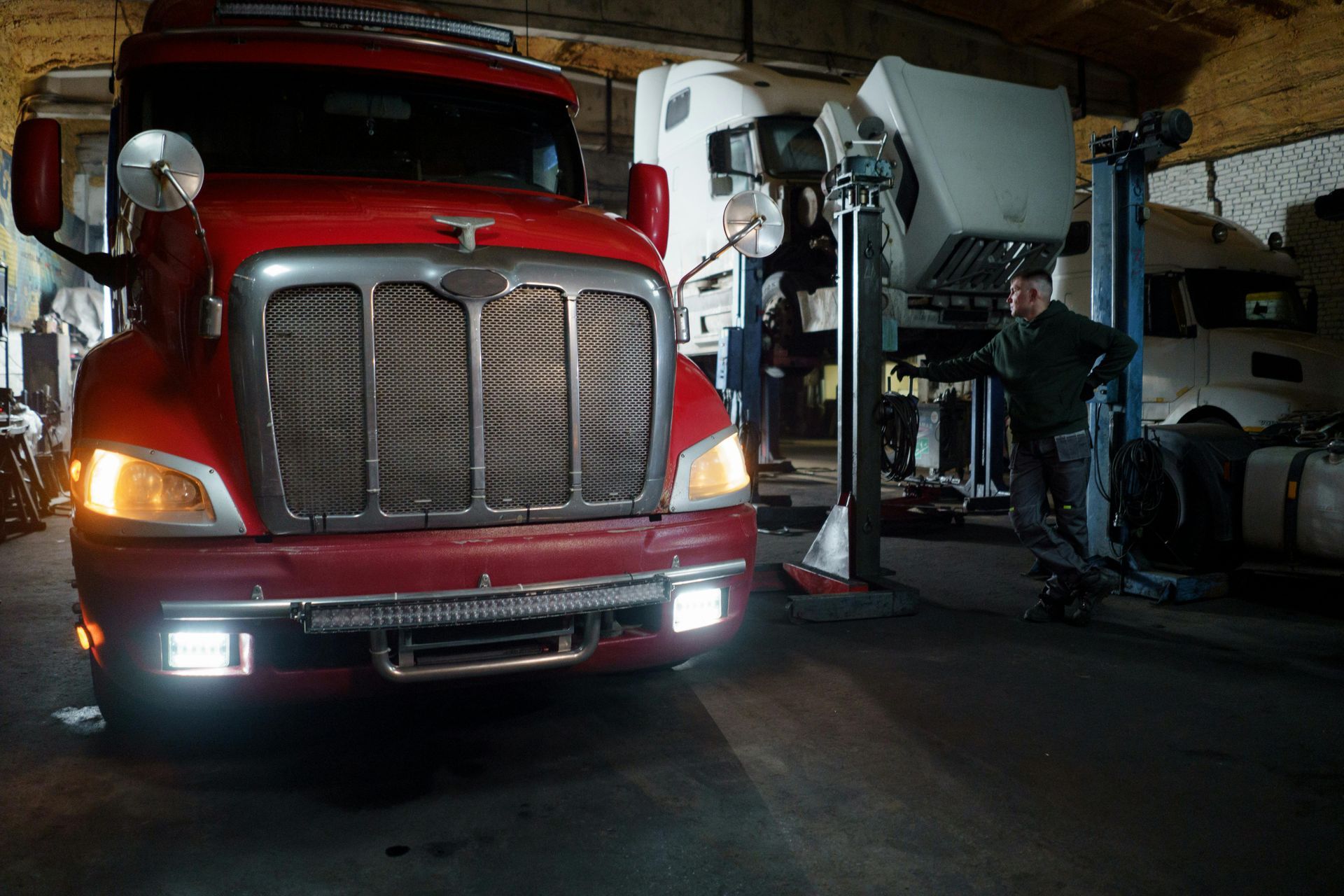Check out this comparision of Michelin Pilot Sport Tires vs Cup 2 Tires

Choosing the right tires for your vehicle can be tough. The debate between Cup2 tires and PS4s is quite common. But, which one should you choose?
The Cup2 tire excels on the track with its grip and handling. PS4s, on the other hand, offer a mix of performance and comfort for daily driving.
So, how do you pick between these two? Let's compare them in detail to help you decide.
Key Takeaways
- Understand the key differences between Cup2 tires and PS4s.
- Learn about the performance capabilities of each tire type.
- Discover which tire is best suited for your driving needs.
- Explore the pros and cons of choosing Cup2 tires over PS4s.
- Find out how to make an informed decision based on your vehicle and driving habits.
Understanding the Cup2 Tires vs PS4s Rivalry
To understand the Cup2 and PS4S tires, we must look at Michelin's history. The Pilot Sport range, which includes both, is for drivers who want top performance.
Background of Michelin's Performance Lineup
Michelin started making high-performance tires with the Pilot Sport brand. It quickly became known for its grip, handling, and durability. The Cup2 and PS4S tires are the latest in this line, each made for performance drivers.
The Cup2 tire is perfect for the track, with unmatched grip and handling on dry surfaces. The PS4S balances track performance with everyday driving. It's great for drivers who use their car on both the road and the track.
Target Markets and Design Philosophy
The Cup2 tire is for professional racing teams and serious enthusiasts. It's all about track performance. The PS4S, on the other hand, is for a wider audience. It's for drivers who enjoy spirited driving on the road and occasional track days.
The design of both tires focuses on performance, safety, and durability. The Michelin Pilot Sport range is famous for its innovative tread compounds and designs. These help maximize grip and handling.
User feedback shows some drivers like the PS4S for its wet grip. Others prefer the Cup2 for its dry performance. This shows the different design goals of each tire. It's important to choose the right tire based on your driving needs and preferences.
Performance Breakdown: Where Each Tire Excels
Choosing between Cup2 and PS4S tires is tough for drivers looking for the best. Each tire has its own strengths and weaknesses. They fit different driving needs and preferences.
Dry Performance and Track Capabilities
The Cup2 tire shines on dry roads and tracks. It offers great grip and handling, making it a hit with track fans. Its design and compound make driving more responsive, letting drivers push their limits.
The PS4S tire is also good on dry roads but doesn't match the Cup2's grip. It's better for drivers who want a mix of track performance and everyday driving.
Wet Weather Handling and Safety
In wet conditions, the PS4S tire is a standout. It's designed for safety and control on wet roads. Its tread and compound help clear water, reducing hydroplaning risk.
The Cup2 tire is top-notch in dry conditions but falls short in wet weather. Its design focuses on dry grip, affecting its wet weather performance.
Comfort, Noise, and Daily Drivability
The PS4S tire is more comfortable and quieter for daily driving. It offers a smoother ride and less noise. The Cup2 tire, with its aggressive tread, is noisier and less comfortable on rough roads.
The choice between Cup2 and PS4S tires depends on what you value most. If you're into track performance and dry handling, the Cup2 is better. For a balance of performance and daily driving, the PS4S is the way to go.
Value Proposition: Cost vs. Benefit Analysis
When looking at high-performance tires like Michelin Cup2 and PS4S, it's key to understand the value. This means looking at the cost and the long-term benefits and performance of each tire.
Initial Investment and Tread Life Expectations
The cost of Michelin Cup2 and PS4S tires can differ. The Cup2 is pricier because it's made for the track. Yet, the tread life of these tires is also important for their value.
People say the Cup2 performs amazingly, but the PS4S is better for those wanting both performance and durability. It's a good mix of grip, longevity, and price.
Tread life is a big deal here. The Michelin PS4S lasts longer than the Cup2. So, even though it costs less at first, it's a better deal over time.
Performance Return on Investment
The ROI for both tires is high, but in different ways. The Michelin Cup2 is perfect for track lovers. It gives amazing grip and handling.
The PS4S is great for daily driving and track use too. It offers strong grip and handling with a comfy ride. Users say it's a great value for those wanting top performance without the high cost of track-only tires.
In conclusion, when comparing Michelin Cup2 and PS4S tires, think about the cost and long-term benefits. The Cup2 is top-notch for the track, but the PS4S is a better deal for many. It balances grip, longevity, and price well.
Conclusion: Choosing Between Cup2 and PS4s
Choosing between Michelin's Cup2 and PS4s tires depends on what you value most. If you love racing and pushing your car to its limits, the Cup2 is perfect. It excels in dry conditions and on the track.
On the other hand, if you want a tire that's good for daily driving, the PS4s might be better. It handles well in wet weather and is comfortable to drive. It's great for everyday use while also performing well.
An in-depth look at the sport cup2 tire analysis shows each tire has its own strengths. Think about your driving style, budget, and what you expect from your tires. This will help you choose the right one for you.
If you need new Michelin tires and are in the Phoenix, Scottsdale, Mesa, Gilbert, or West Valley Phoenix areas contact our tire specialists at Lugwrench Heroes.
FAQ
What are the main differences between Michelin Cup2 tires and PS4S?
Michelin Cup2 tires are for high-performance driving. They offer great grip and handling on dry roads. The PS4S is more versatile. It balances dry and wet performance, making it good for daily driving.
How do Cup2 tires perform in wet weather conditions?
Cup2 tires are great on dry roads but not as good in wet weather. Their aggressive tread and compound focus on dry grip, not wet traction.
Are PS4S tires suitable for track driving?
Yes, PS4S tires can handle track driving. They might not be as grippy as Cup2 tires. But they balance track performance with daily driving comfort.
What is the expected tread life of Cup2 and PS4S tires?
Tread life depends on driving habits and conditions. PS4S tires usually last longer than Cup2 tires. This is because of their conservative tread compound and design.
How do the prices of Cup2 and PS4S tires compare?
Cup2 tires are more expensive than PS4S tires. This is because of their high-performance capabilities and specialized design.
Can I use Cup2 tires for daily driving?
You can use Cup2 tires for daily driving. But they might not be the most comfortable or practical choice. Their stiff sidewalls and aggressive tread can make for a rougher ride and more noise.
Do PS4S tires offer better fuel efficiency than Cup2 tires?
PS4S tires tend to be more fuel-efficient than Cup2 tires. This is because of their efficient tread compound and design, which focuses on rolling resistance.
Are Michelin Cup2 tires worth the investment for track enthusiasts?
For serious track enthusiasts, Michelin Cup2 tires are a good investment. They offer exceptional dry grip and handling, making them perfect for high-performance driving.
